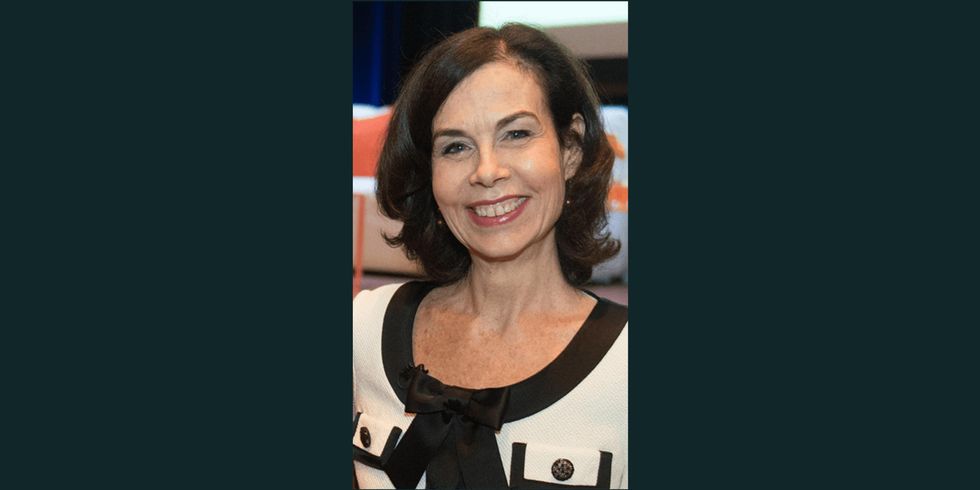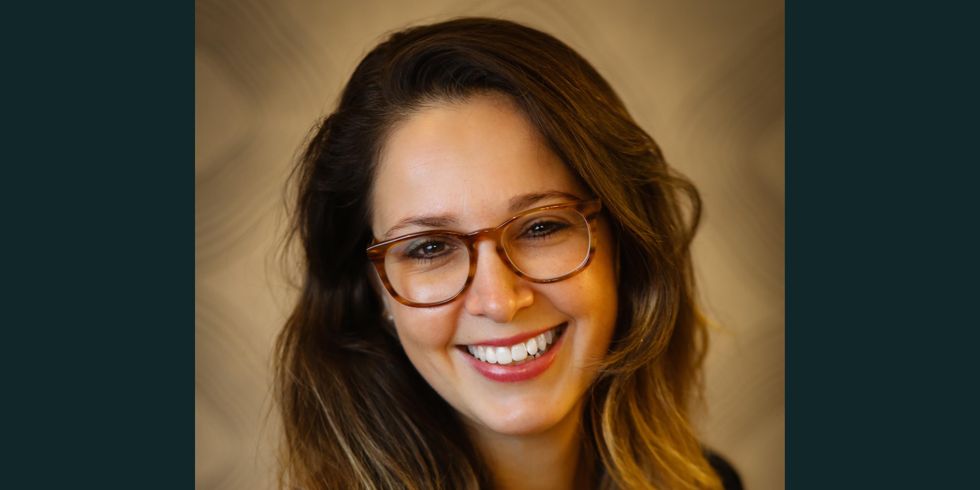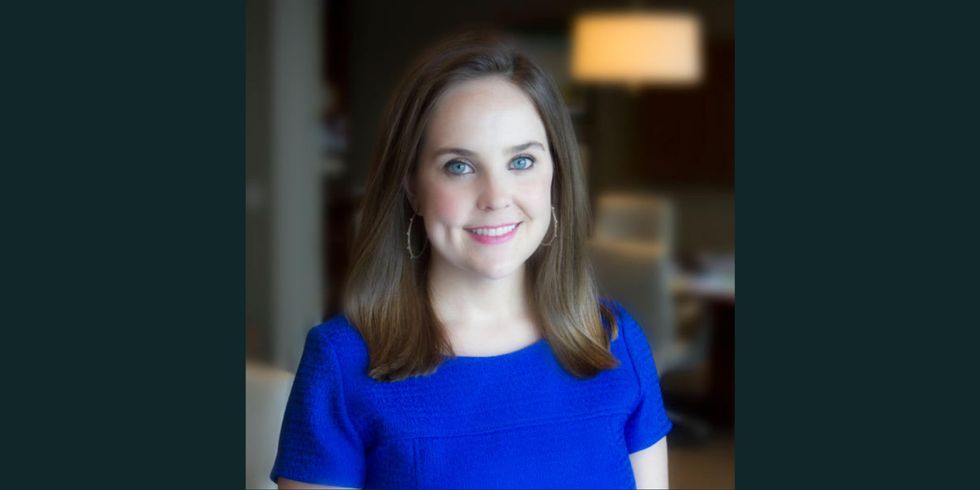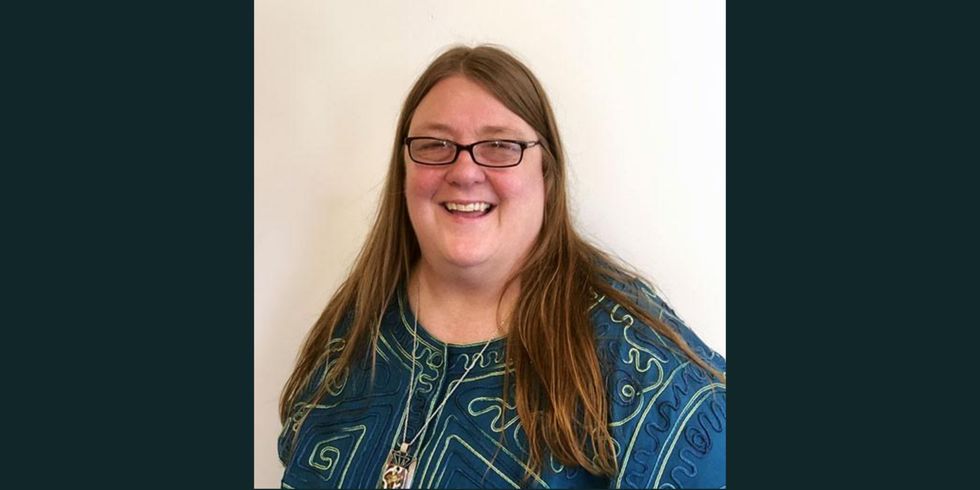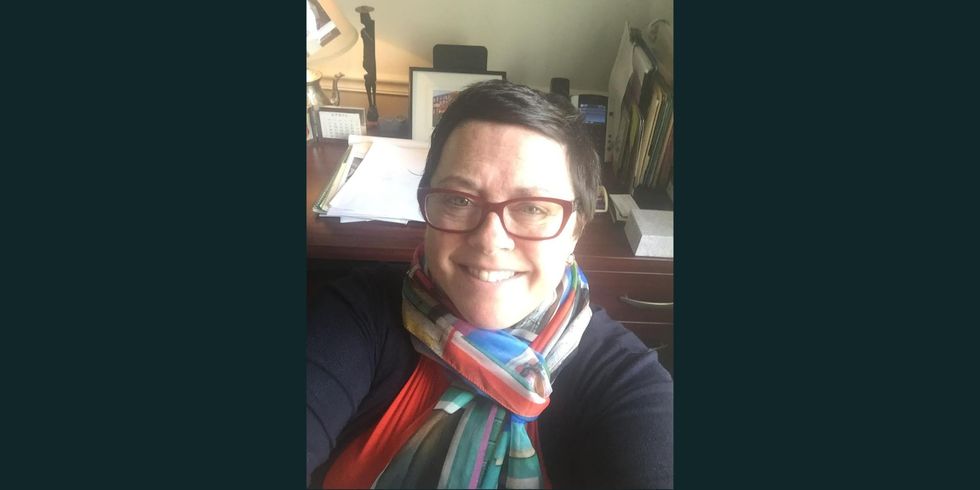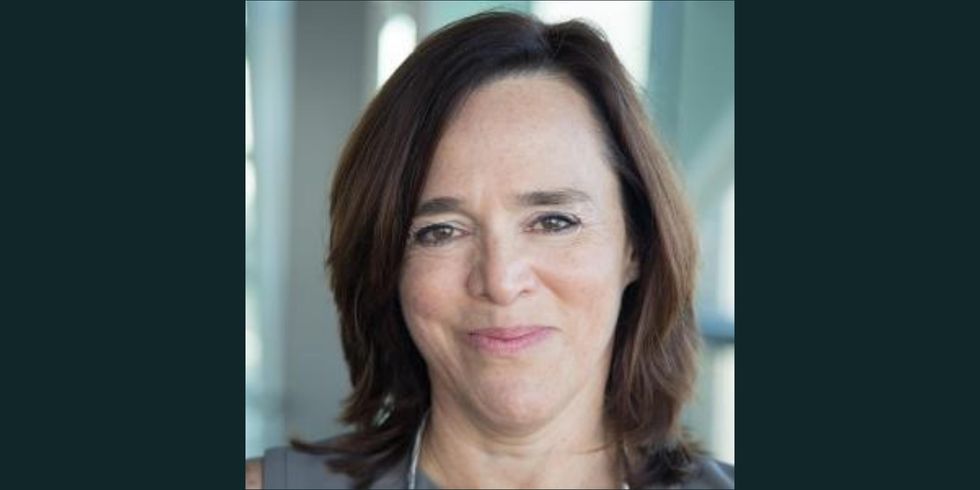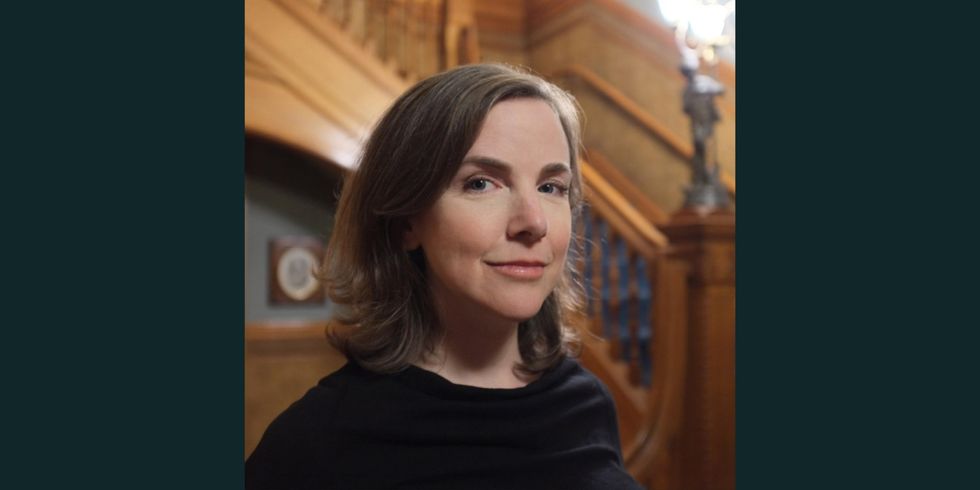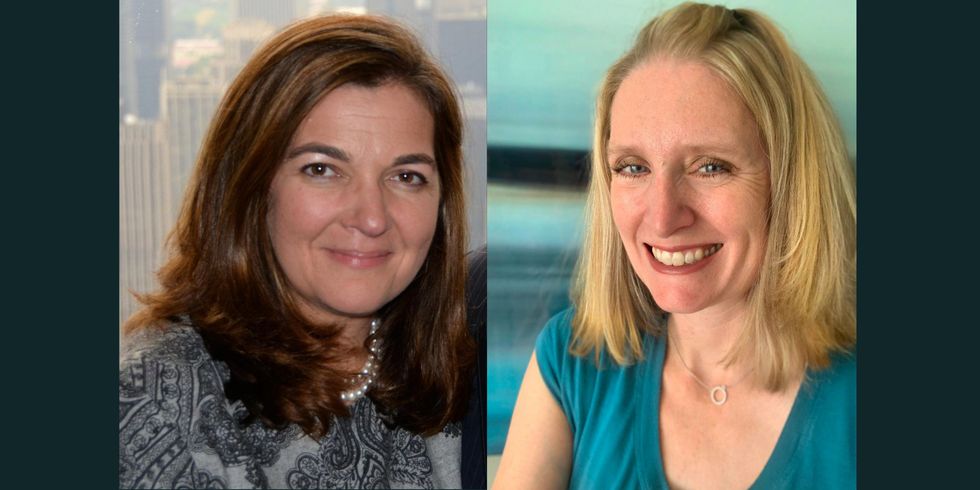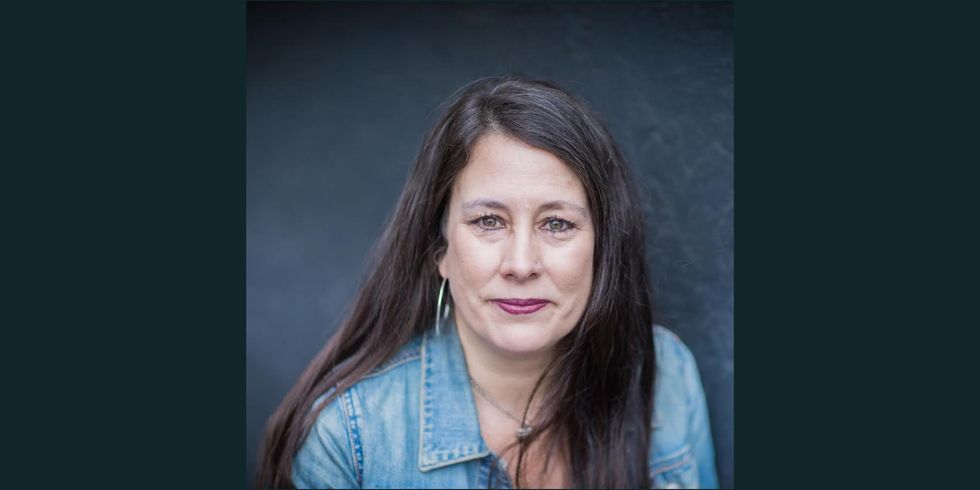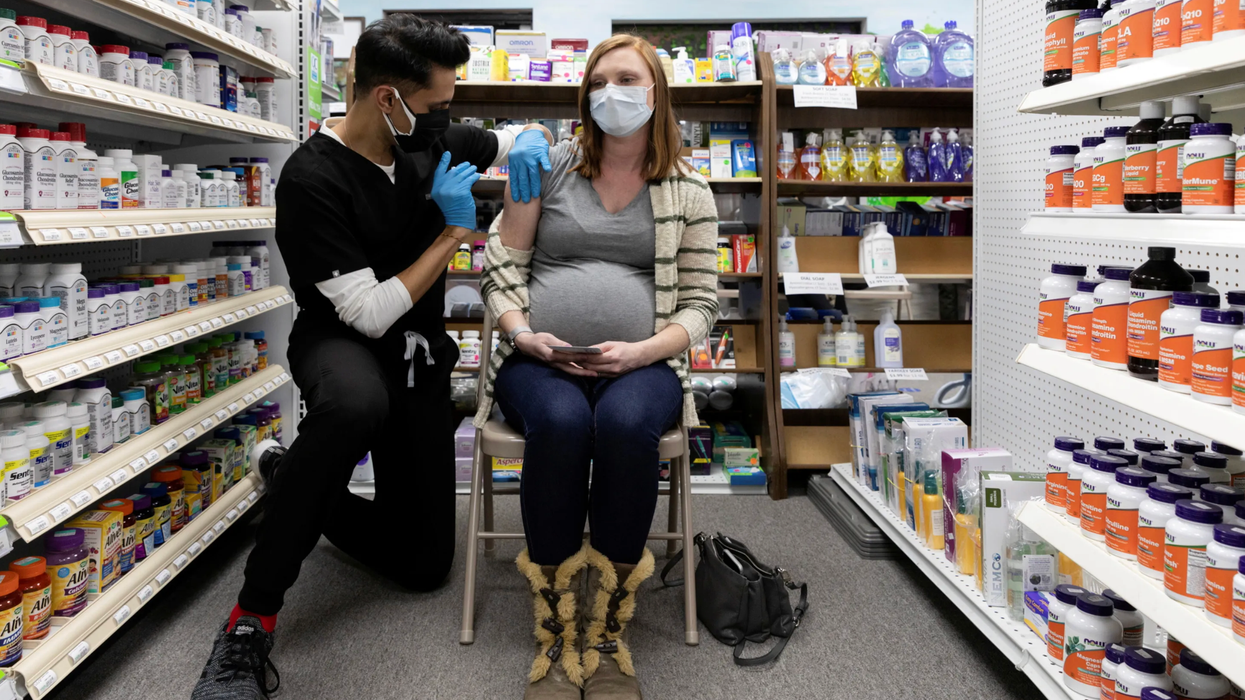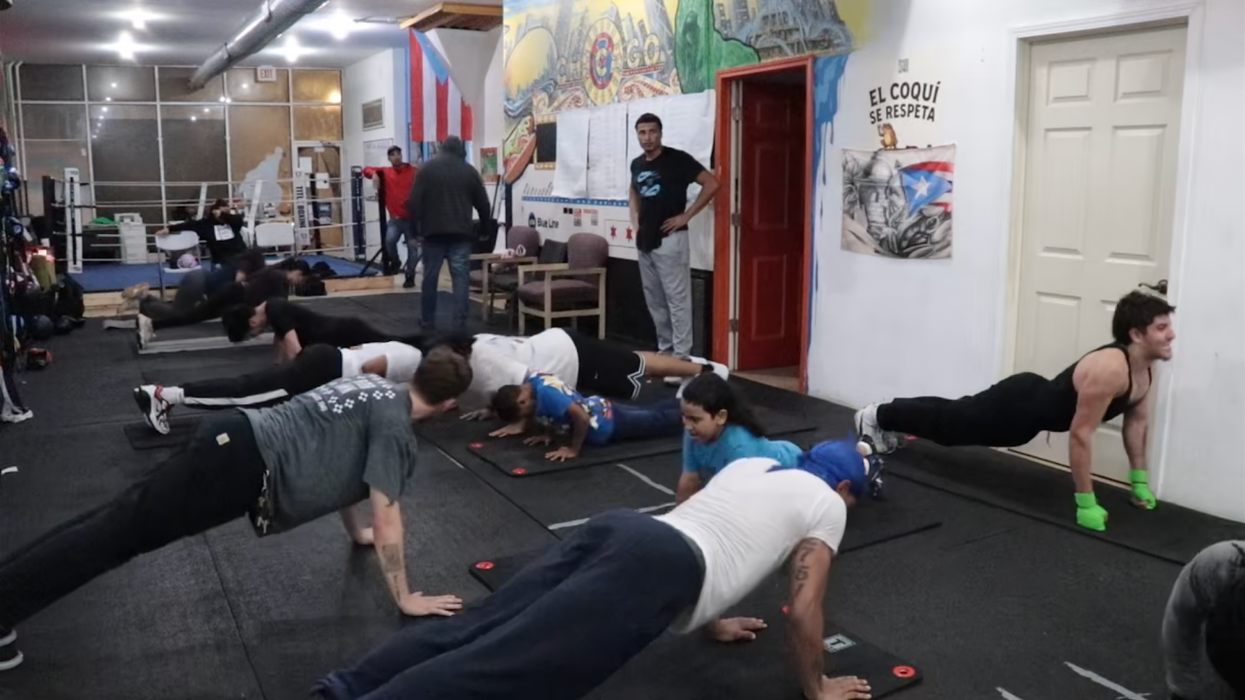While women remain significantly underrepresented in government, there is at least one adjacent field in which they have achieved gender parity in leadership: the universe of democracy reform and bridge-building organizations.
In its 2021 Diversity Report, the Bridge Alliance found that half of the executives leading its 100 member organizations are women. (Disclosure: The Fulcrum is a program within the Bridge Alliance, which brings together organizations working toward a healthy democracy.)
To mark Women’s History Month, The Fulcrum is spotlighting just some of the women leading these organizations.
Cheryl Graeve
Director of National Programs, National Institute for Civil Discourse
"I do what I do because I believe deeply in democracy, freedom and human rights. I believe that collective opportunities, connections of trust and a full range of ideas/life experiences are important for human thriving and a strong democracy. The women that inspire me include Eleanor Roosevelt, Harriet Tubman, Barbara Jordan, Carrie Chapman Catt, Iris Stringer Graeve and Mary Ann Graeve."
